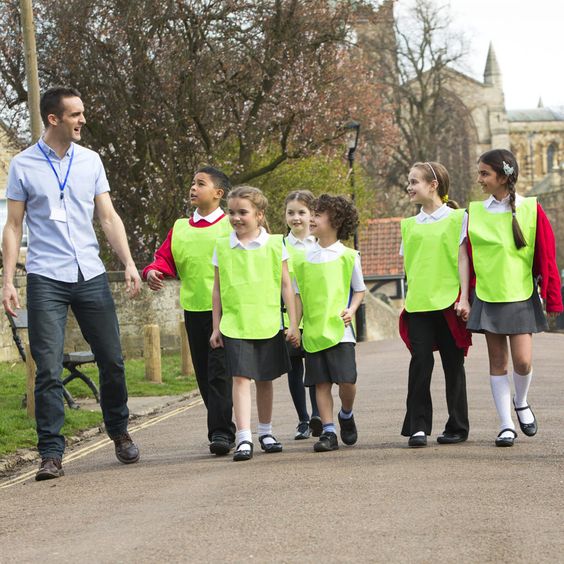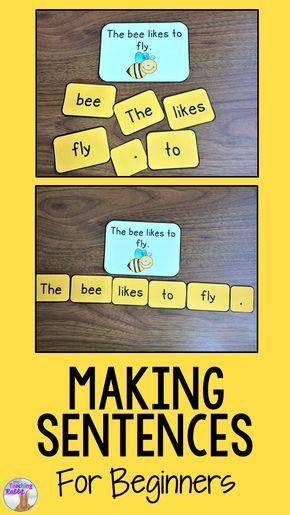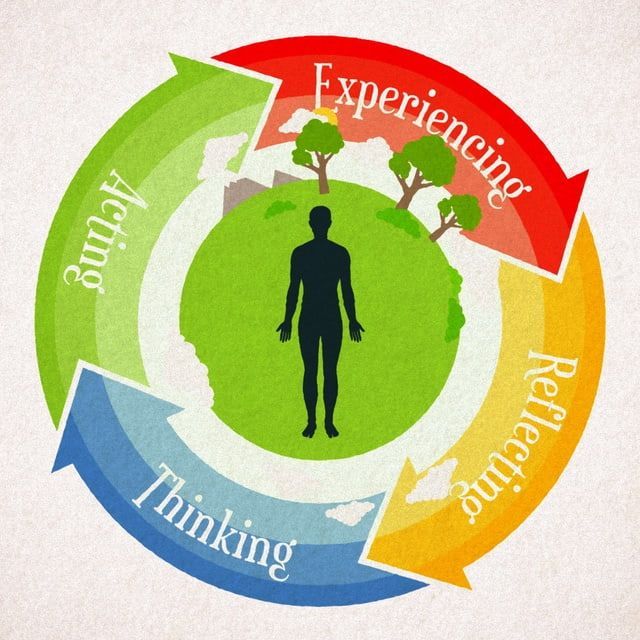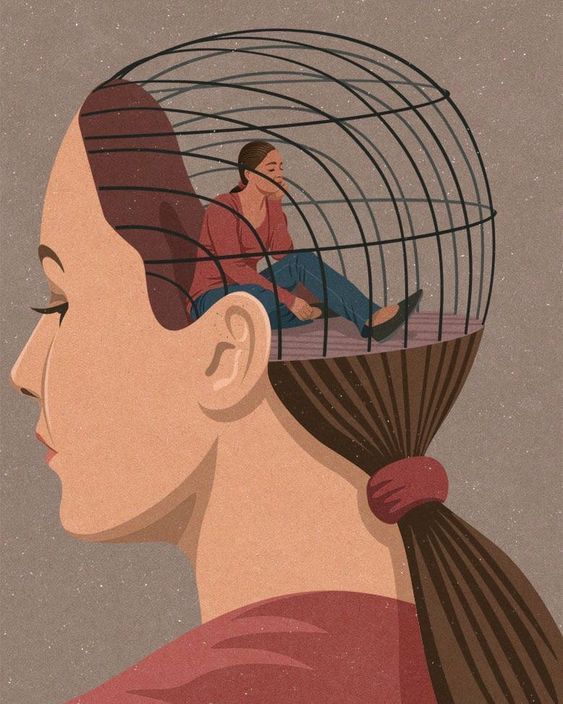In today’s diverse educational landscape, schools and educators must address the needs of all students, including those with exceptional talents and abilities. The gifted and talented coordinator plays a vital role in meeting this challenge by nurturing and developing gifted students’ intellectual, social, and emotional growth. This article explores the importance of the gifted and talented coordinator’s role and their critical contributions to creating an inclusive learning environment.
1. Identification of Gifted and Talented Students
The first responsibility of a gifted and talented coordinator is to identify students who demonstrate exceptional abilities, either through standardized tests, teacher recommendations, or other indicators. These coordinators work closely with teachers, administrators, and parents to gauge academic performance, creativity, leadership skills, or other exceptional traits. By providing reliable identification methods and resources, the coordinator ensures that these students receive support tailored to their unique needs.
2. Development and Implementation of Individualized Programs
Once identified, gifted students require specialized curricula that challenge them intellectually while still fostering essential life skills. Gifted and talented coordinators collaborate with educators to develop individualized learning plans that cater to each student’s strengths and promote skill development in areas requiring improvement. These plans often include differentiated instruction as well as enrichment activities, such as advanced coursework or participation in clubs that cultivate a student’s passion.
3. Collaborating with Teachers
Successful implementation of a gifted program relies on strong collaboration between the coordinator and teachers who work directly with these outstanding students daily. The coordinator often provides valuable mentorship to teachers by offering guidance on curriculum development devised explicitly for high-ability learners while also collaborating on lesson planning to meet each student’s evolving needs effectively.
4. Promoting Social-Emotional Learning
Gifted students may face unique social-emotional challenges due to their advanced cognitive abilities or asynchronous development. The gifted coordinator plays an essential role in fostering resilient, well-rounded individuals by supporting comprehensive programs that address these potential challenges. This can include providing resources and training to help teachers develop awareness in addressing social-emotional needs or encouraging participation in extracurricular activities that promote empathy, collaboration, and leadership.
5. Engaging Families and the Community
Involving families in a student’s educational journey is vital for success, especially for gifted students who might require extra support at home. The talented coordinator facilitates ongoing communication between families, schools, and the broader community. By hosting informational events, workshops, and support groups focused on gifted education, the coordinator fosters an understanding environment that encourages collaboration between all parties involved in a gifted child’s life.
6. Advocating for Gifted Education
Lastly, the gifted and talented coordinator serves as an advocate for high-ability learners by raising awareness about their unique needs within the school district and beyond. The coordinator should collaborate with local and state organizations to ensure that these exceptional students receive appropriate resources and representation in educational policy decisions.
In conclusion, the role of a gifted and talented coordinator is multifaceted and critical to supporting exceptional minds’ growth. Identifying gifted students, fostering tailored educational plans, collaborating with educators, promoting social-emotional learning, engaging families, and advocating for educational policy are all essential responsibilities of a skilled coordinator. By fulfilling these core duties successfully, they contribute profoundly to our collective goal of nourishing every child’s flourishing potential.











